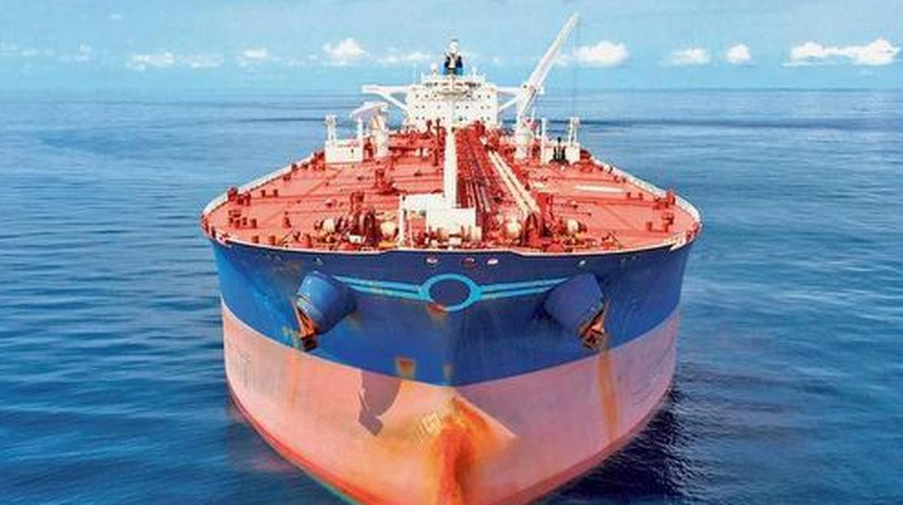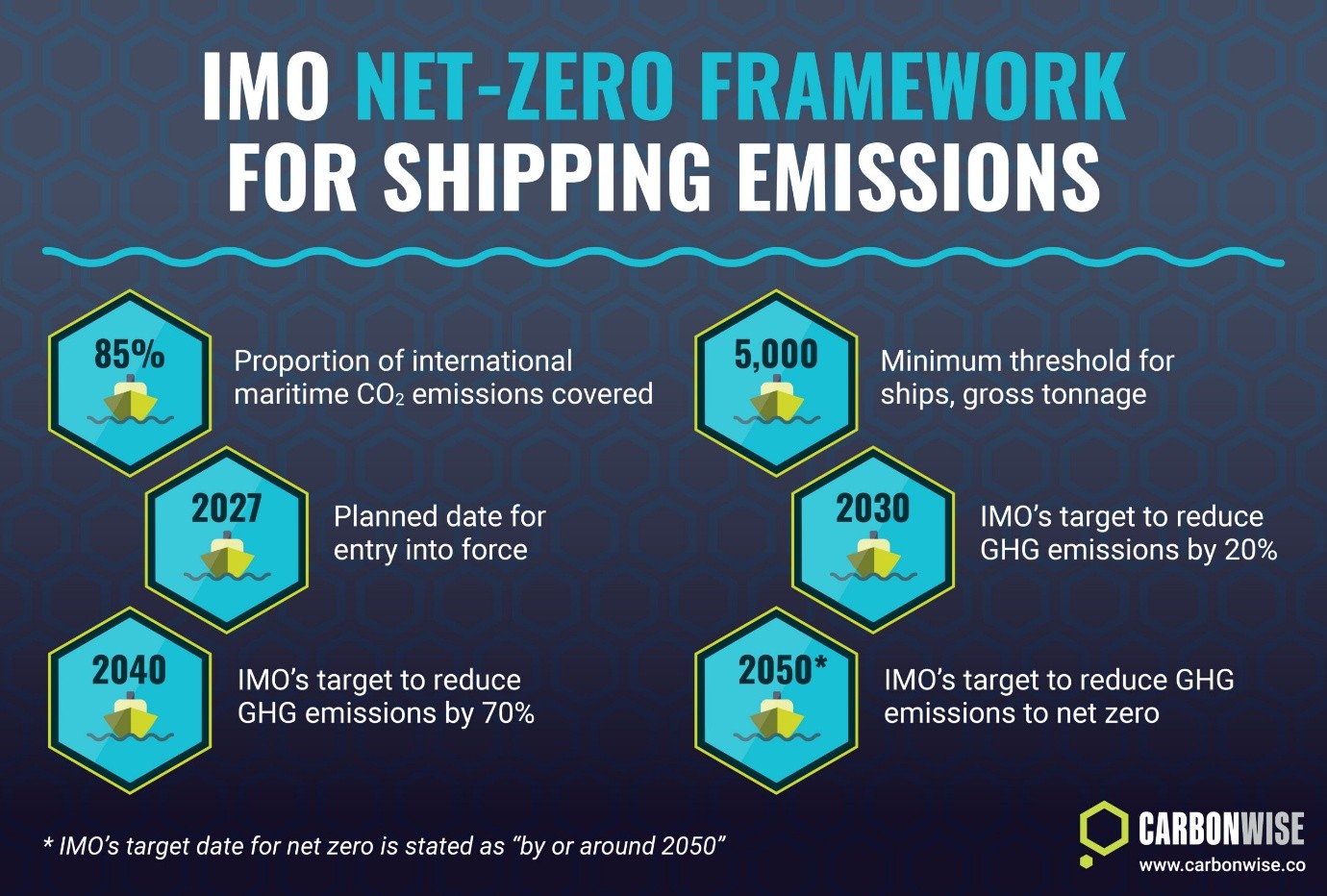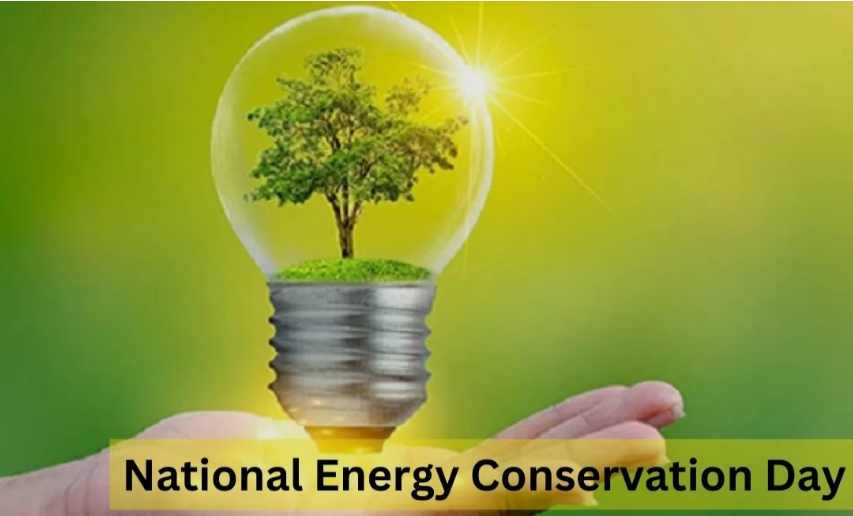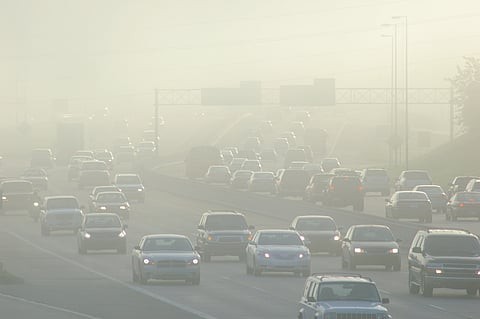



Carbon-free shipping aims to decarbonize the maritime sector by using zero- or low-emission fuels, energy-efficient technologies, and carbon capture solutions. The IMO Net-Zero Framework (2025) targets net-zero emissions by 2050, but implementation has been delayed due to opposition from major countries like the U.S. Key challenges include high technology costs, limited fuel availability, regulatory delays, and infrastructure gaps. India has aligned its policies through the Merchant Shipping Act and Indian Ports Act (2025) and plans to source 60–90% of port energy from renewables by 2030–2047. Coordinated global action, regulatory clarity, and innovation are crucial to achieving carbon-free shipping and meeting climate goals.

Copyright infringement not intended
Picture Courtesy: The Hindu
Member countries of the International Maritime Organization (IMO), including India, have postponed a vote on a strategic plan to transition the shipping industry away from fossil fuels and achieve net-zero emissions by 2050. The delay comes under pressure from the United States.
The 2023 IMO Greenhouse Gas Strategy aims to:
These measures primarily target large ocean-going ships over 5,000 gross tonnes, which contribute around 85% of shipping emissions. Shipping’s share of global anthropogenic CO2 emissions has remained stable at 1.7–2.3% during 2016–2023.

Picture Courtesy: Carbonwise.com
Carbon-free shipping refers to the operation of ships and maritime transport systems in a way that produces zero carbon dioxide (CO₂) emissions or minimal greenhouse gas (GHG) emissions. The goal is to reduce the environmental impact of the shipping industry, which is a significant contributor to global emissions.
Zero- or Low-Emission Fuels: Uses fuels that do not release CO₂ during combustion, such as hydrogen, ammonia, biofuels, or synthetic fuels. Reduces reliance on traditional fossil fuels like heavy fuel oil or diesel.
Energy-Efficient Technologies: Incorporates wind-assisted propulsion, electric engines, and advanced hull designs to minimize fuel consumption. Optimizes shipping routes and speeds for efficiency.
Carbon Capture & Offsets: Some approaches integrate carbon capture technologies or invest in carbon offset projects to neutralize emissions.
Global Standards & Regulations: International bodies like the International Maritime Organization (IMO) are developing frameworks to ensure ships meet carbon-reduction targets. Examples include the IMO Net-Zero by 2050 strategy and proposed carbon pricing mechanisms.
|
Level |
Initiative |
Key Details / Target |
|
International (IMO) |
Net-Zero Framework |
Achieve net-zero shipping emissions by 2050; adoption delayed to 2026 (Source: IMO) |
|
Global Fuel Standards |
Cleaner fuels for ships >5,000 GT; covers ~85% of shipping emissions (Source: IMO) |
|
|
Emissions Pricing |
Proposed $100/tonne CO₂ to incentivize low-carbon fuels (Source: IMO) |
|
|
India |
Merchant Shipping Act, 2025 |
Aligns with IMO; strengthens environmental protection in shipping (Source: The Secretariat) |
|
Indian Ports Act, 2025 |
Integrated port development; pollution & safety compliance |
|
|
Renewable Energy Targets |
60% port energy from renewables by 2030; 90% by 2047 (Source: Reuters) |
|
|
Carbon Capture Incentives |
Promotes adoption of carbon capture technologies in shipping (Source: The Hindu) |
Source: The Hindu
|
Practice Question Q. Achieving carbon-free shipping is critical for global climate goals, yet its implementation faces technological, economic, and geopolitical challenges.” Discuss (250 words) |
Carbon-free shipping refers to maritime transport operations that produce zero or minimal greenhouse gas emissions, mainly by using alternative fuels and energy-efficient technologies.







© 2025 iasgyan. All right reserved